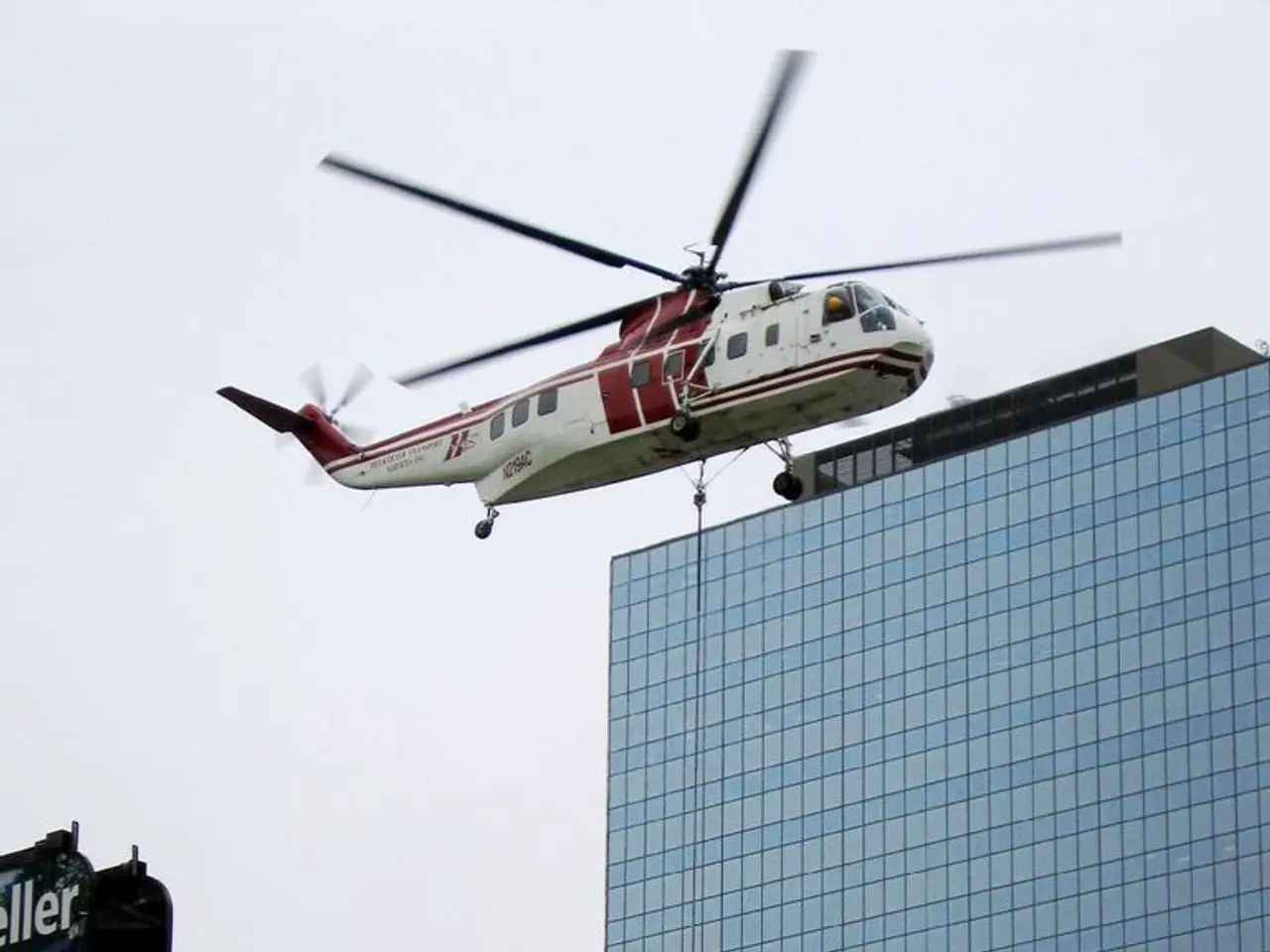Airbus Helicopters Enhances Competitive Edge through Adoption of 3D Printing Technology
At Airbus Helicopters' Donauwörth site, the adoption of 3D printing, also known as additive manufacturing, has revolutionised the production process for aircraft components. This cutting-edge technology is bringing about significant benefits, including time and cost savings, enhanced design flexibility, and the ability to produce complex, lightweight parts.
The use of 3D printing in the production of locking shafts for the Airbus A350 doors is one such example. Eleven tonnes of titanium powder have been utilised in Donauwörth for this purpose. With the addition of a machine dedicated to producing locking shafts for Airbus A350 doors, Airbus Helicopters now operates a total of eight 3D printing machines.
The benefits of this innovative approach are manifold. It enables rapid prototyping and faster decision making by producing design iterations and prototypes within hours or days, reducing the development cycle and accelerating certification pathways compared to traditional methods.
Moreover, additive manufacturing allows the creation of intricate internal cooling channels, hollow structures, and biomimetic lattice geometries that reduce weight without sacrificing strength. This leads to more fuel-efficient aircraft.
The technology also eliminates high-cost premiums related to complex geometries by avoiding tooling investments and enabling on-demand production, thus lowering material usage and waste through topology optimization.
The use of advanced polymers and metals certified for flight usage supports durable, high-performance components, tools, and parts critical to aerospace standards, enhancing durability and safety.
Applied at the Donauwörth site, these benefits translate into streamlined manufacturing processes, customised component production, and improved supply chain responsiveness. This ultimately boosts operational efficiency and innovation capabilities in helicopter production and maintenance.
Airbus Helicopters has mass-produced over 9,400 locking shafts for Airbus A350 doors using 3D printing since 2017. The 3D printing process is appealing for building prototypes due to its high flexibility and ability to produce components with new configurations in small series for testing purposes.
Stefan Thomé, Managing Director of Airbus Helicopters in Germany, stated that the extensive capabilities in 3D printing along the manufacturing chain are a real competitive advantage. The opening of a new 3D printing center at the Donauwörth site significantly expands Airbus Helicopters' in-house capacity for 3D printing.
In summary, Airbus Helicopters leverages 3D printing to achieve faster production cycles, reduce weight and cost, and produce complex, highly optimised parts crucial for modern aerospace demands. This innovative approach is contributing to the expansion of Airbus Helicopters' in-house capacity for 3D printing, and is a significant step towards a more efficient and sustainable future for aircraft manufacturing.
The innovative approach of using 3D printing in the manufacturing industry, as demonstrated by Airbus Helicopters, has led to the creation of a dedicated machine for producing locking shafts for Airbus A350 doors, thereby expanding their in-house 3D printing capacity. This technology, also referred to as additive manufacturing, is not only streamlining the production process in the financing sector but is also enhancing technology capabilities in aircraft production and maintenance.



